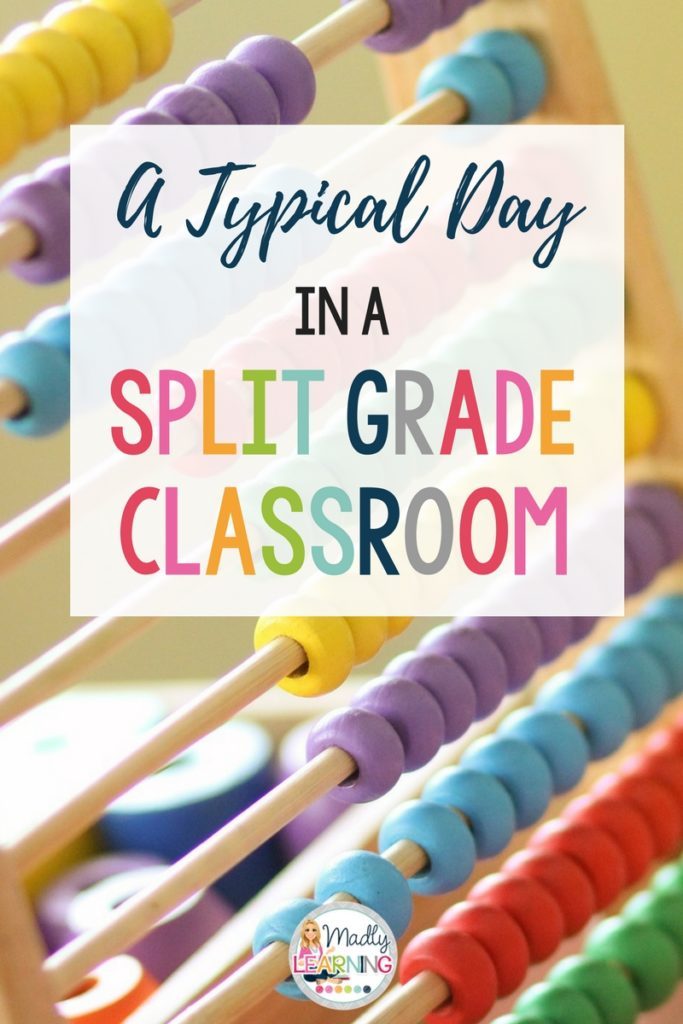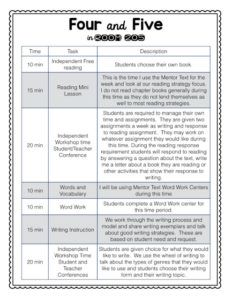
Teaching a split can be a complex juggling act. I always notice a trend around this time of year with people asking about what to do on the first day of school. There are lots of resources out there about what to do on your first day. Introduce yourself, establish your leadership, outline and practice routines, and play some games. Day one will go smoothly…everyone is nervous. It’s the honeymoon period everyone will try to be on their best behaviour. The day will fly by…
But the question is what to do the other 193 days of the school year.
Let me just preface this by saying that my personal feeling is that everything I do in my classroom should be an assessment opportunity. EVERYTHING! As teachers, we have a lot to cover and really don’t have time to waste on doing things in our room that cannot be assessed. Now that doesn’t mean that we don’t have fun, or that we don’t do some amazing things. We do…but it is tied to the curriculum or an assessment opportunity. So with that being said, I don’t spend a lot of time playing games or get to know you activities that are not tied to the curriculum. I get started right away with getting into my typical day. Generally on day 2.
So what does a typical day in a split grade class look like?
I try to make my schedule as consistent as possible. I have had great administrators that help to facilitate this. My school functions on a balanced day we have 100 min of instructional time three blocks a day. Each block is followed by 40min of break twice a day.

Math in a Split
 I always do math first thing in the morning. Even if I have release time first period Math is still the first thing students do when they see me. We have the same routine each day. They walk into the classroom and pick up a morning math page and work quietly on the front page of the sheet while I collect information, take attendance, and complete other morning activities. I also work with small groups of students reinforcing the previously taught concepts from the previous lesson. For example, my first math unit of the year will be place value (if students don’t have a strong sense of the value of numbers then all other math strands are compromised). I use the same template every day to create the morning math page. The front always looks the same but the number changes. This way students become very familiar with the questions being asked and apply them to different numbers each day. Students place these pages in their math duo-tang.
I always do math first thing in the morning. Even if I have release time first period Math is still the first thing students do when they see me. We have the same routine each day. They walk into the classroom and pick up a morning math page and work quietly on the front page of the sheet while I collect information, take attendance, and complete other morning activities. I also work with small groups of students reinforcing the previously taught concepts from the previous lesson. For example, my first math unit of the year will be place value (if students don’t have a strong sense of the value of numbers then all other math strands are compromised). I use the same template every day to create the morning math page. The front always looks the same but the number changes. This way students become very familiar with the questions being asked and apply them to different numbers each day. Students place these pages in their math duo-tang.
This is all part of my Three Part Math lesson. The front of the page is the practice component (the last part of the three-part math lesson) it reviews what we learned in previous days or serves as a diagnostic.
Getting Started:
This phase is like a mini-lesson and a model. These are as short as I can make them. I introduce a concept and model a problem for students. We then complete a similar problem together and talk about the strategies that can be used to solve the problem.
Working On It:
Then we look at the problem of the day on the back of the morning math page. Students then work on this in small groups or partners to solve this problem.
Consolidation:
We then come back together and discuss how we solved the problem. We share ideas and I ask students to share their strategies. Asking key questions of students at this point is where true learning happens. Sometimes students get it wrong it is important to challenge their thinking and encourage them to see their errors and learn from them.
There are times with more difficult math concepts that we stretch one three-part lesson cycle over two or even three days.
Language in a Split







